Pyraclofos
- CAS NO.:77458-01-6
- Empirical Formula: C14H18ClN2O3PS
- Molecular Weight: 360.8
- MDL number: MFCD00274600
- SAFETY DATA SHEET (SDS)
- Update Date: 2023-05-04 17:34:42
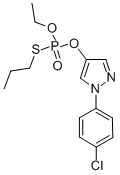
What is Pyraclofos?
The Uses of Pyraclofos
Pyraclofos is used to control Lepidoptera, Coleoptera, mites and nematodes in fruit, vegetables, ornamentals and forestry. It has also been used in a human health application to control filarial worms.
Definition
ChEBI: Pyraclofos is an organic thiophosphate, an organothiophosphate insecticide, an organochlorine insecticide, a member of pyrazoles, a member of monochlorobenzenes and an organosulfur compound. It has a role as an EC 3.1.1.7 (acetylcholinesterase) inhibitor and an agrochemical.
Metabolic pathway
Pyraclofos is apparently subjected in insects to a metabolic activation to yield a more active acetylcholinesterase inhibitor which is possibly a thiooxidized metabolite. The compound is very rapidly degraded in mammals to inactive metabolites via P-O-aryl, P-O-alkyl and P-S-alkyl cleavage which explains its favourable selective toxicity. In both mammals and plants the principal degradative route is via P-O-aryl cleavage to give 1-(4-chlorophenyl)-4-hydroxypyrazolwe hich is rapidly conjugated.
Metabolism
Pyraclofos is metabolized to an active AChE inhibitor, probably by the oxidation of the sulfur atom in the phosphorothiolate linkage. The half-life in soil is 3–38 d, depending on soil type.
Degradation
The DT50 for hydrolysis in water at pH 7 (25 °C) was 29 days (PM).
Toxicity evaluation
The acute oral LD50 for rats is 237 mg/kg. The inhalation LC50 for rats is 1.69 mg/L air. NOEL (2 yr) for rats is 0.10–0.12 mg/kg diet (0.005–0.006 mg/kg/d). Pyraclofos administered to rats is rapidly degraded, and more than 90% of the dose is excreted principally in the urine within 24 h. The degradation routes are cleavages of the P?S, P?O-alkyl, and P?O-aryl bonds in both animals and plants.
Properties of Pyraclofos
| Melting point: | 25°C |
| Boiling point: | 164approximate 164℃(0.013hPa) |
| Density | 1.27 |
| vapor pressure | 1.6×10-6 Pa (20 °C) |
| storage temp. | 0-6°C
|
| form | liquid |
| Water Solubility | 33 |
| Specific Gravity | 1.271 (28℃) |
| CAS DataBase Reference | 77458-01-6(CAS DataBase Reference) |
| EPA Substance Registry System | Phosphorothioic acid, O-[1-(4-chlorophenyl)-1H-pyrazol- 4-yl] O-ethyl S-propyl ester(77458-01-6) |
Safety information for Pyraclofos
Computed Descriptors for Pyraclofos
New Products
4-AMINO-TETRAHYDRO-PYRAN-4-CARBOXYLIC ACID HCL 4-(Dimethylamino)tetrahydro-2H-pyran-4-carbonitrile 4-Aminotetrahydropyran-4-carbonitrile Hydrochloride (R)-3-Aminobutanenitrile Hydrochloride 3-((Dimethylamino)methyl)-5-methylhexan-2-one oxalate 1,4-Dioxa-8-azaspiro[4.5]decane 5-Bromo-2-nitropyridine Nimesulide BP Aceclofenac IP/BP/EP Diclofenac Sodium IP/BP/EP/USP Mefenamic Acid IP/BP/EP/USP Ornidazole IP Diclofenac Potassium THOMAIND PAPER PH 2.0 TO 4.5 1 BOX BUFFER CAPSULE PH 9.2 - 10 CAP SODIUM CHLORIDE 0.1N CVS ALLOXAN MONOHYDRATE 98% PLATINUM 0.5% ON 3 MM ALUMINA PELLETS (TYPE 73) LITHIUM AAS SOLUTION 2-Bromo-1-(bromomethyl)-3-chloro-5-nitrobenzene 2-Bromo-3-nitroaniline N-(3-Hydroxypropyl)-N-methylacetamide 3-Bromo-6-chloropyridazine 4-ethyl-3-nitrobenzoic acidRelated products of tetrahydrofuran
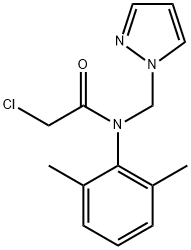
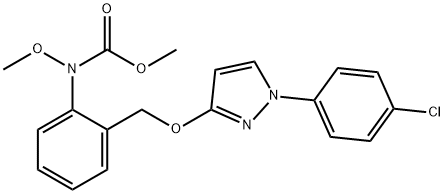
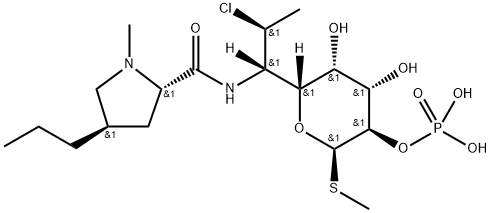
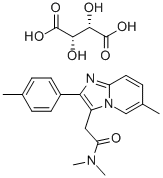

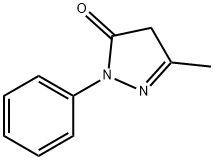

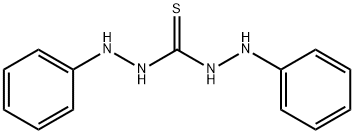
You may like
-
 1-Methyl-6-oxo-1,6-dihydropyridazine-3-carbonitrile 98%View Details
1-Methyl-6-oxo-1,6-dihydropyridazine-3-carbonitrile 98%View Details
99903-60-3 -
 88491-46-7 98%View Details
88491-46-7 98%View Details
88491-46-7 -
 1823368-42-8 98%View Details
1823368-42-8 98%View Details
1823368-42-8 -
 2-(3-(tert-butyl)phenoxy)-2-methylpropanoic acid 1307449-08-6 98%View Details
2-(3-(tert-butyl)phenoxy)-2-methylpropanoic acid 1307449-08-6 98%View Details
1307449-08-6 -
 Ethyl 3-(furan-2-yl)-3-hydroxypropanoate 25408-95-1 98%View Details
Ethyl 3-(furan-2-yl)-3-hydroxypropanoate 25408-95-1 98%View Details
25408-95-1 -
 2-Chloro-5-fluoro-1-methoxy-3-methylbenzene 98%View Details
2-Chloro-5-fluoro-1-methoxy-3-methylbenzene 98%View Details
1805639-70-6 -
 1784294-80-9 98%View Details
1784294-80-9 98%View Details
1784294-80-9 -
 Lithium ClavulanateView Details
Lithium ClavulanateView Details
61177-44-4